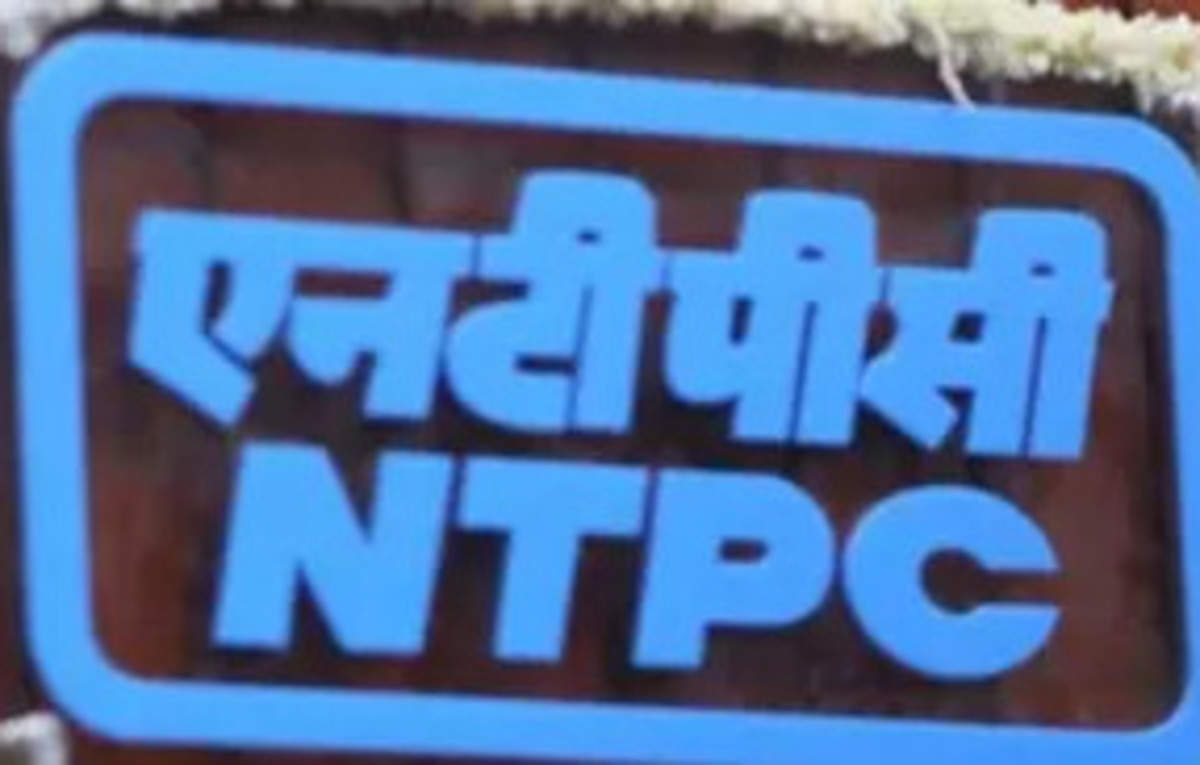Innovative Solar Hydrogen Microgrid in Ladakh: A Sustainable Power Solution for Indian Army
Key Ideas
- Defence Minister Rajnath Singh inaugurated the Solar Hydrogen-based Microgrid project in collaboration with NTPC and the Indian Army.
- The innovative microgrid system will provide 200 kW of power using hydrogen as an energy storage medium, replacing diesel generators in remote Army locations.
- NTPC's initiatives include hydrogen buses, fuelling stations, and a solar plant in Leh, aiming to achieve 60 GW of renewable energy capacity by 2032.
Defence Minister Rajnath Singh laid the foundation stone for an innovative Solar Hydrogen-based Microgrid project in collaboration with NTPC and the Indian Army, aimed at providing a stable power supply to off-grid Army locations in Ladakh. The microgrid system, designed by NTPC, will utilize hydrogen as an energy storage medium to deliver 200 kW of power year-round, replacing diesel generators in remote Army sites at an altitude of 4,400 meters with extreme temperatures. This initiative by NTPC is a significant step towards sustainable energy solutions for the defence sector, combining renewable energy with hydrogen for a consistent power supply under harsh conditions. The project also includes the trial run of hydrogen buses in Leh, setting up a hydrogen fuelling station and solar plant, and introducing five fuel cell buses for intracity routes. NTPC's broader goal is to achieve 60 GW of renewable energy capacity by 2032, with decarbonisation initiatives like hydrogen blending, carbon capture, and electric buses, showcasing a positive outlook towards green energy and sustainability in the region.
Topics
Africa
Renewable Energy
Decarbonisation
Energy Storage
Indian Army
Sustainable Power
NTPC
Microgrid
Himalayas
Latest News
